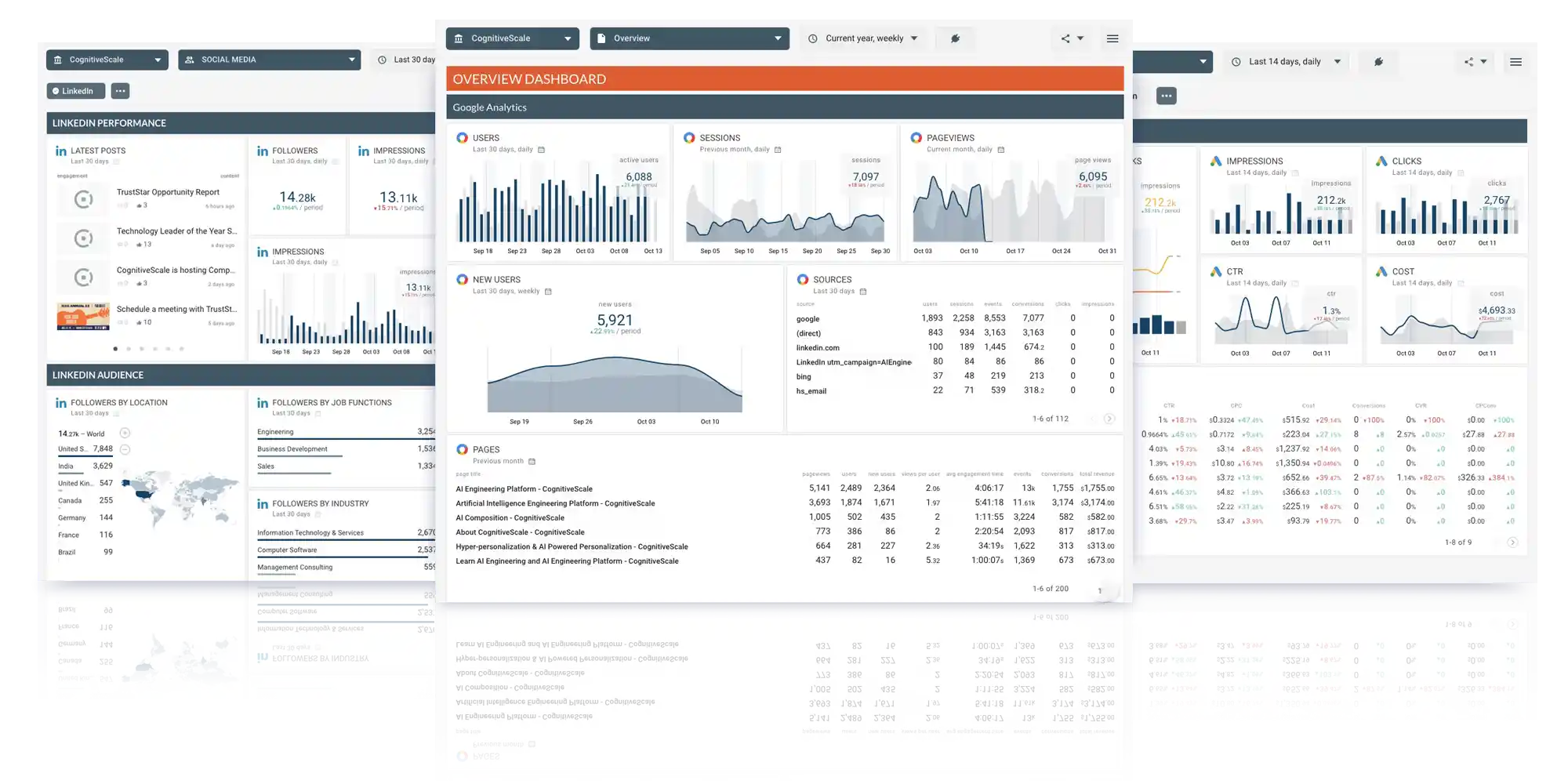- Content Architecture: We organize content hierarchically with clear navigation, making it easier for search engines to crawl and index pages while enhancing user experience.
- Mobile-Friendly Design: We prioritize responsive designs to ensure websites perform well on all devices, aligning with Google’s mobile-first indexing.
- Technical SEO: Our designs include clean code, fast loading speeds, and structured data like schema markup to improve search engine visibility and user engagement.
- Internal Linking: We optimize internal linking structures to strengthen content relationships and distribute link equity effective.
- On-Page Optimization: Key elements like meta tags, descriptive URLs, and keyword-rich headings are integrated during the design phase.
Building SEO Strategies Into Your Website
Your website is only as effective as the SEO built into it. That’s true for local businesses as much as it is for large, international conglomerates. In fact, if you are a local business it can have a bigger impact than most imagine. Impress Design & Marketing integrates SEO into our website designs by embedding SEO strategies into the foundational structure of the site.

This includes:
These practices ensure their designs are both visually appealing and optimized for search engine rankings.

Key elements of an SEO-friendly website design include:
- Mobile-Friendliness: Responsive design ensures the site performs well on all devices, a critical factor for search rankings.
- Fast Loading Speeds: Optimizing images, scripts, and using caching improves page load times, enhancing user experience and SEO.
- Clear Navigation: Intuitive menus and internal linking make it easy for users and search engines to explore the site.
- Optimized URLs: Short, descriptive, and keyword-rich URLs improve accessibility and search engine understanding.
- Metadata Optimization: Title tags, meta descriptions, and alt tags with relevant keywords help search engines index content effectively.
- Readable Content Structure: Using headers (H1, H2) and organized content improves readability for users and crawlers.
- Indexable Content: Ensuring all content is crawlable by search engines, including text-based main content and optimized media files.
- Sitemaps: XML sitemaps guide search engines through the site’s structure for better indexing.
- Schema Markup: Structured data provides context to search engines about the site's content, improving visibility in search results.
All of the items listed above are part of our pre-launch checklist that ensures your website performs at its maximum from the get-go. These elements work together to enhance both user experience and search engine performance. Want to see results in real life? Look at our Success Stories for examples and results.

 Jack McDaniel began Impress Design & Marketing in 2005. He's an award-winning designer and has lead many companies to the top of their market niche with a data-driven, science-based approach to marketing and user experience.
Jack McDaniel began Impress Design & Marketing in 2005. He's an award-winning designer and has lead many companies to the top of their market niche with a data-driven, science-based approach to marketing and user experience. 


